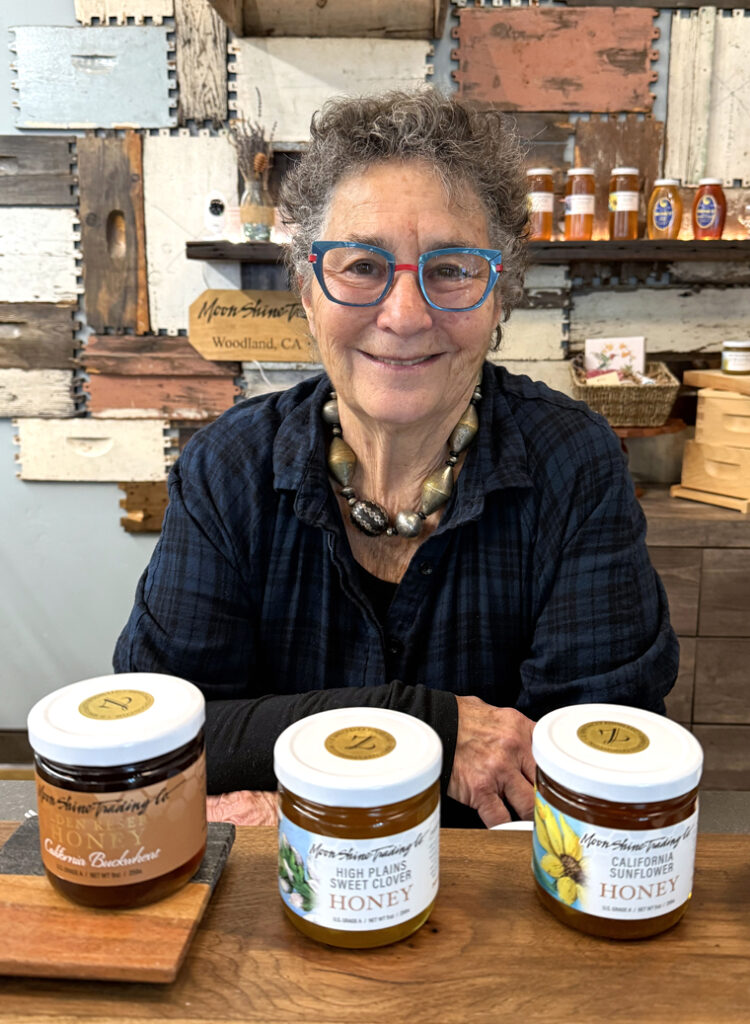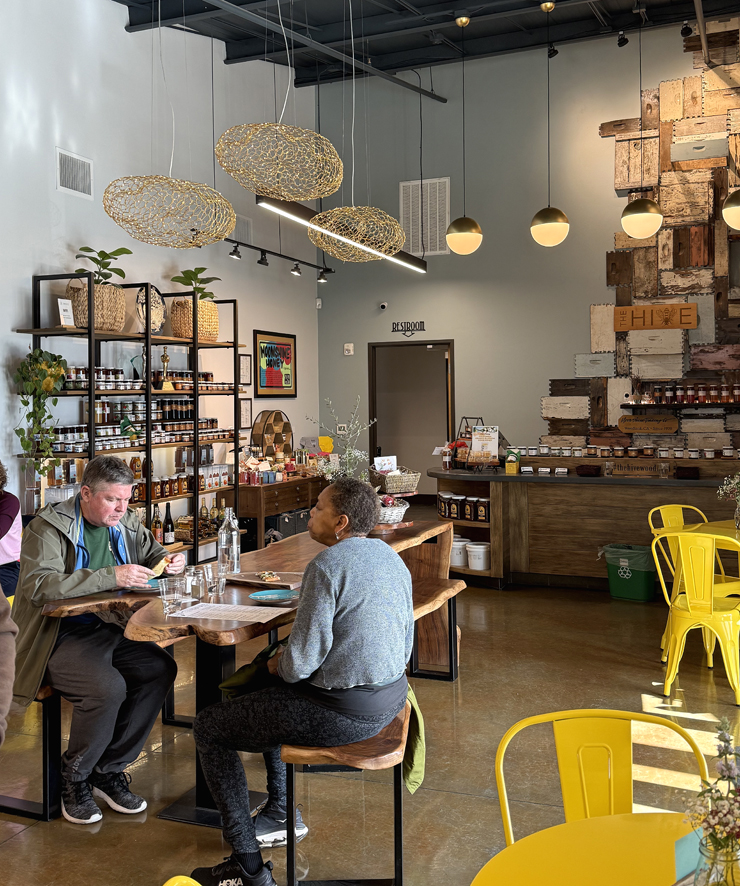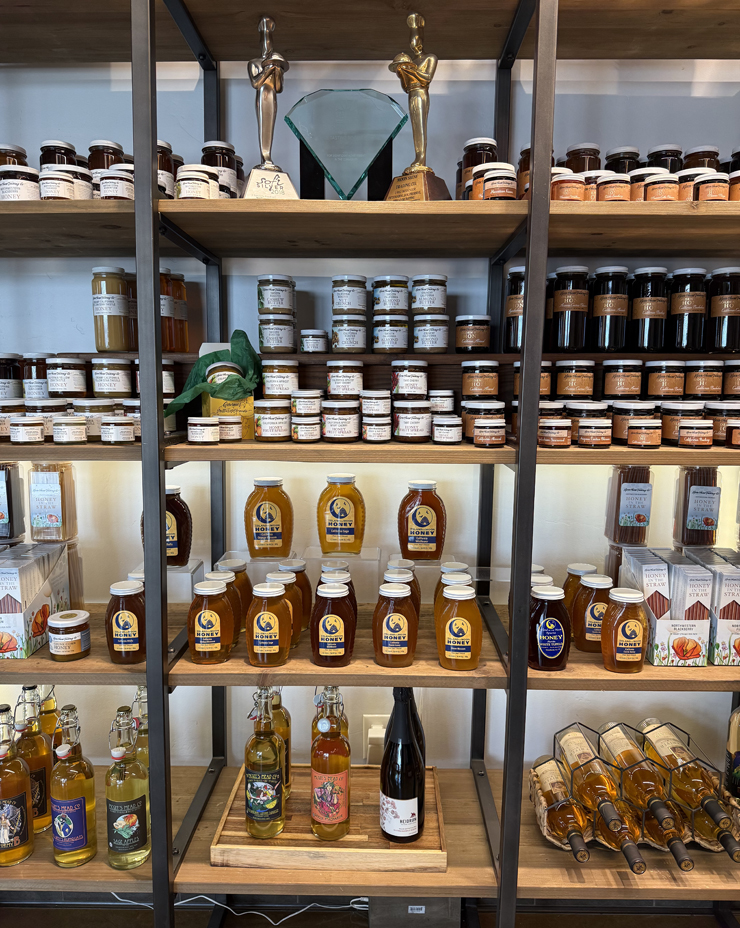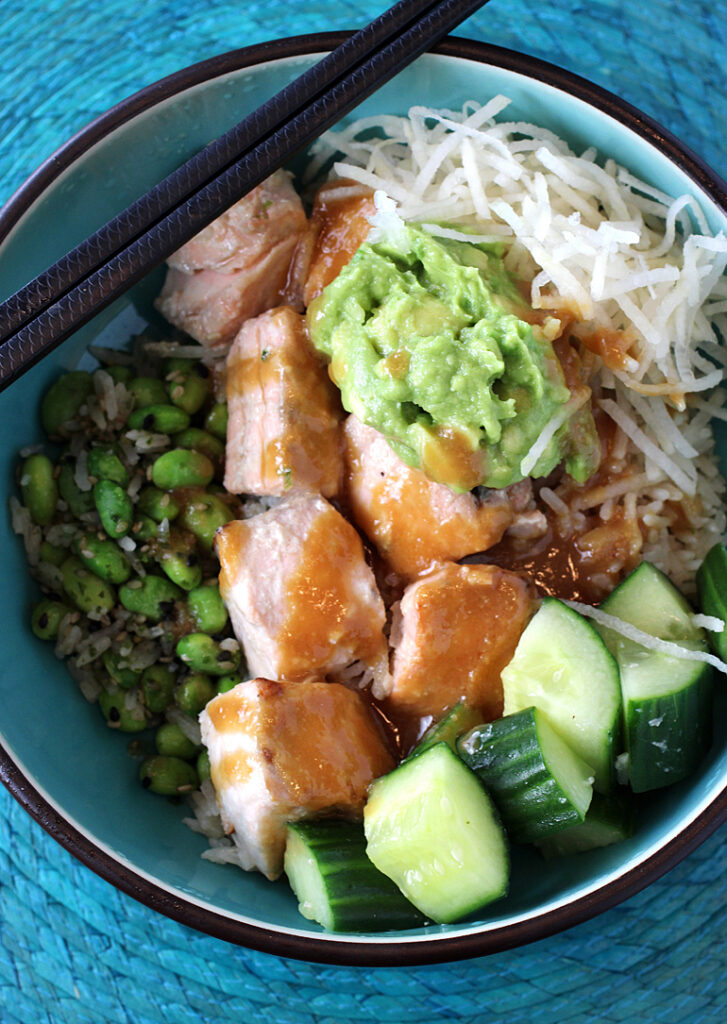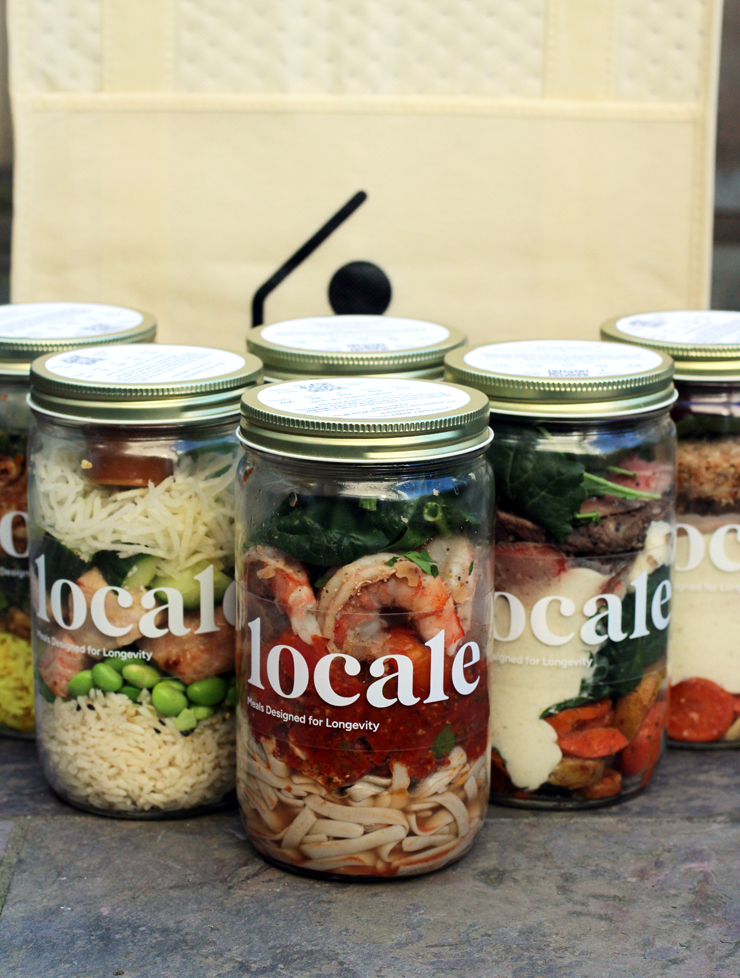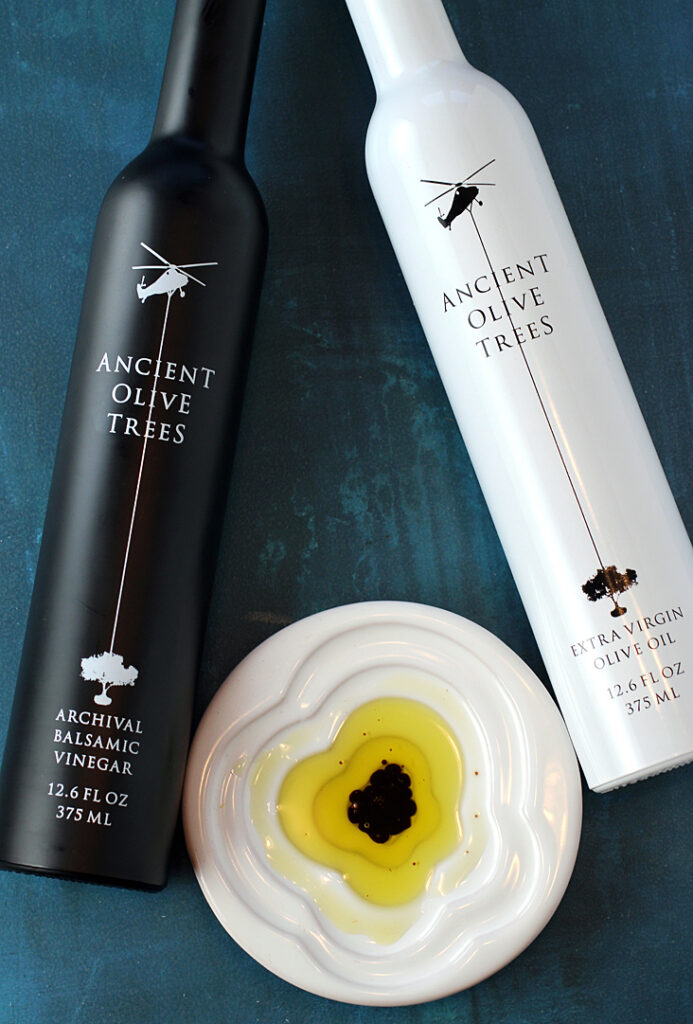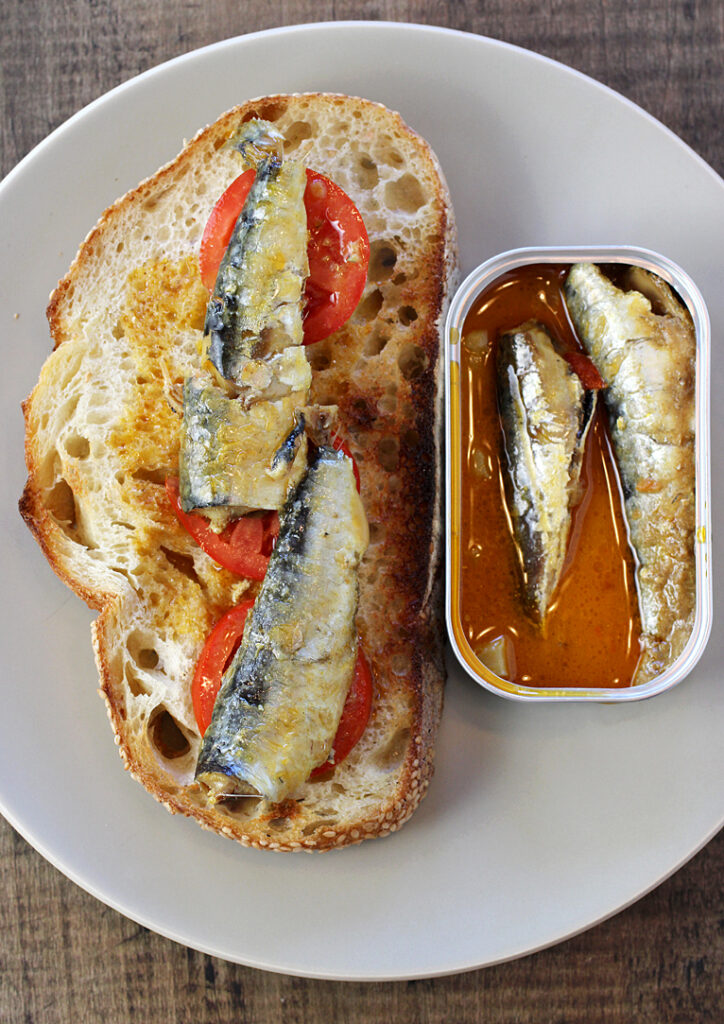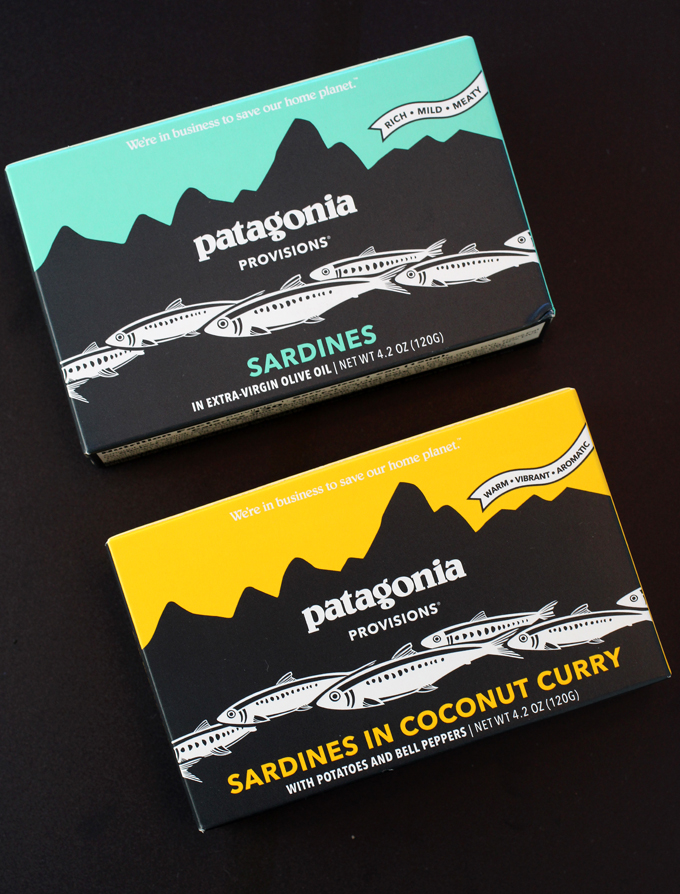Women Getting It Done, Part II: Sherri Wood of Capay Valley Lavender Farm
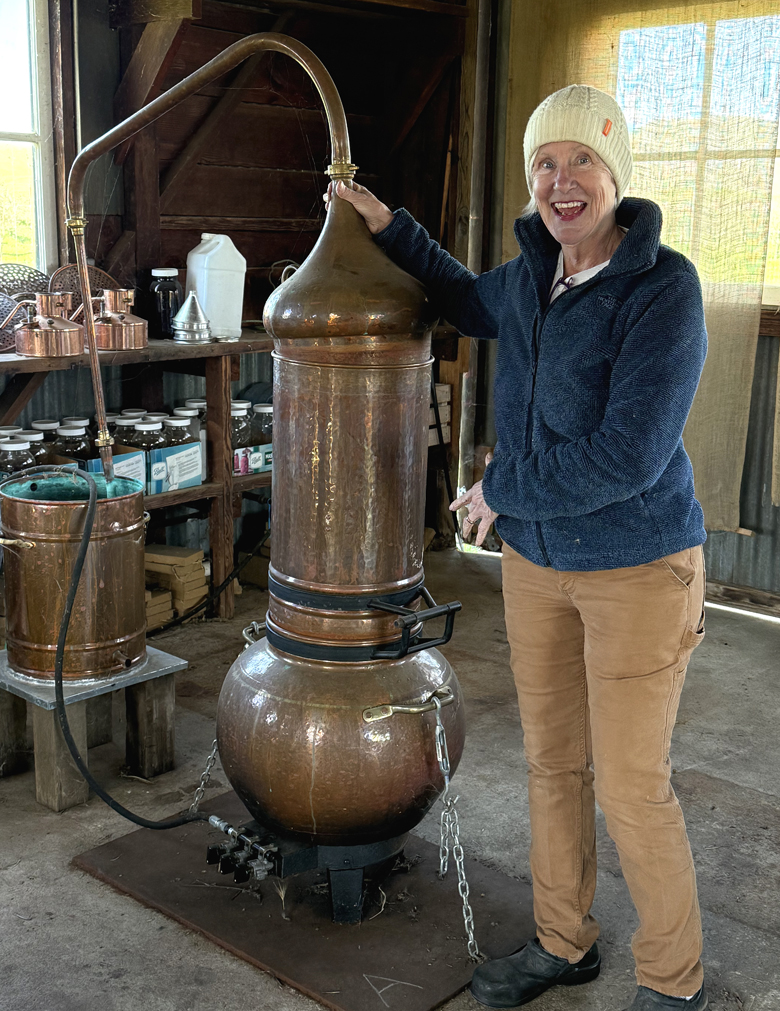
Capay, CA — No one will ever accuse Sherri Wood of lacking gumption or audacity.
After years of working in investment banking, she pivoted to the non-profit world, becoming national founder and chair of One Warm Coat, president of the Girl Scouts of Northern California, and board member of St. Anthony Foundation in San Francisco.
Then, at age 64, when most folks would have eased into retirement, the former San Franciscan went full throttle in the other direction. She started a farm. With no farming experience whatsoever.
And that’s how Capay Valley Lavender Farm came to be in rural Capay that has a population of all of 300.
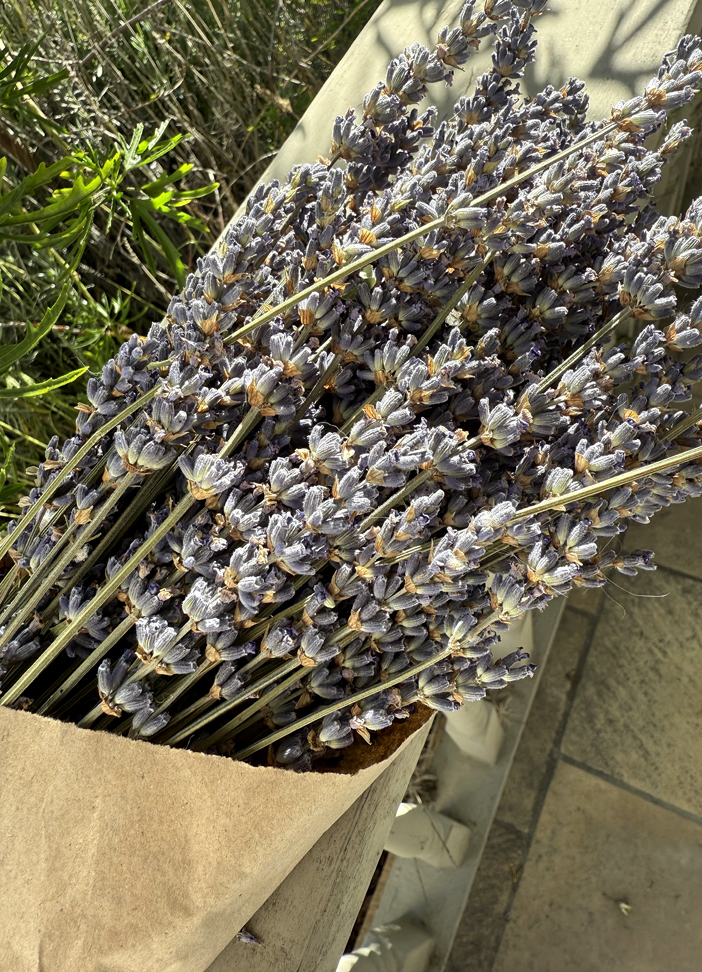
“I had no idea that I would do this,” she told me when I visited last month. “But it’s not in my nature to take it easy. I like challenges.
“Plus,” she quipped, “it helps with my golf game.”
Read more
